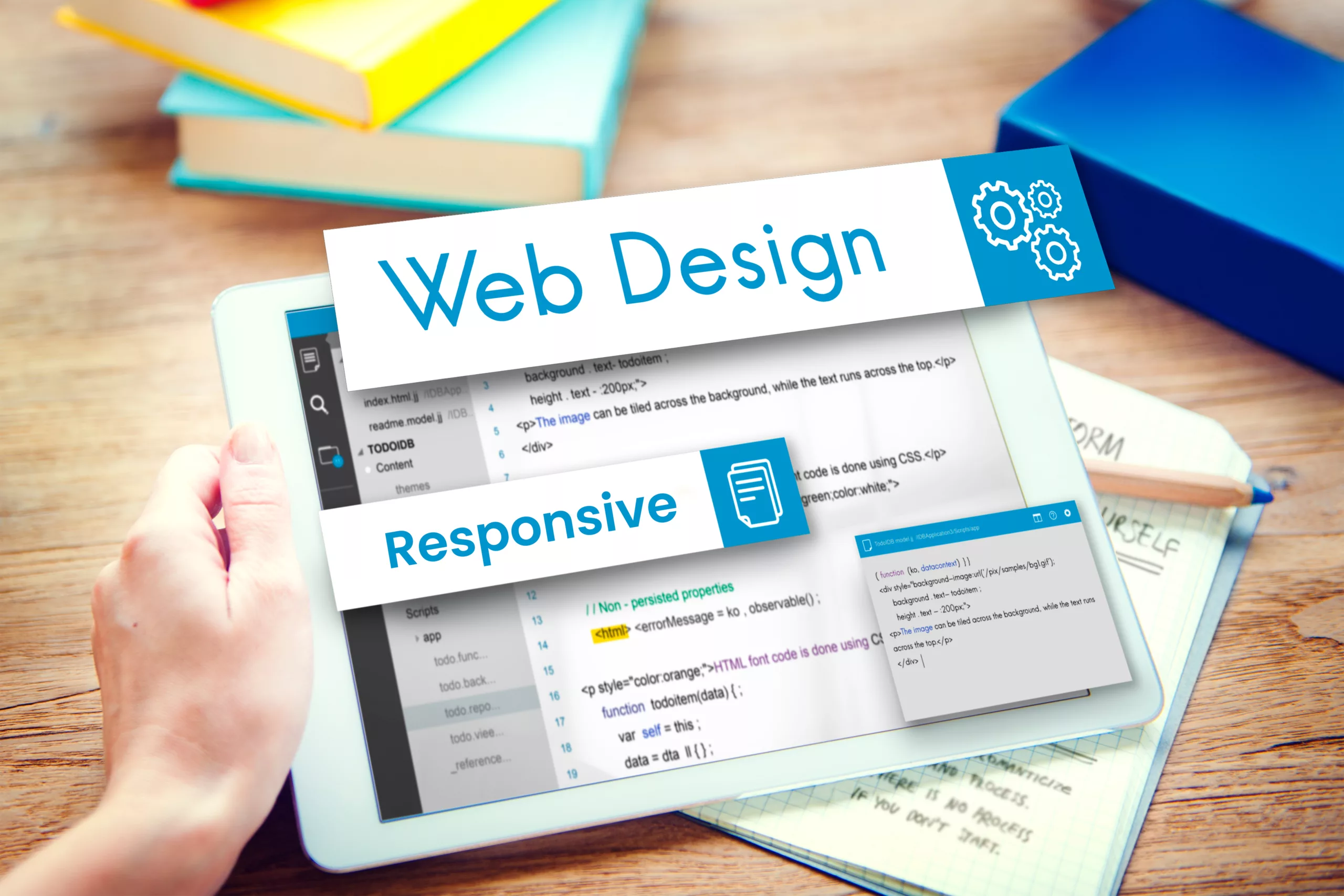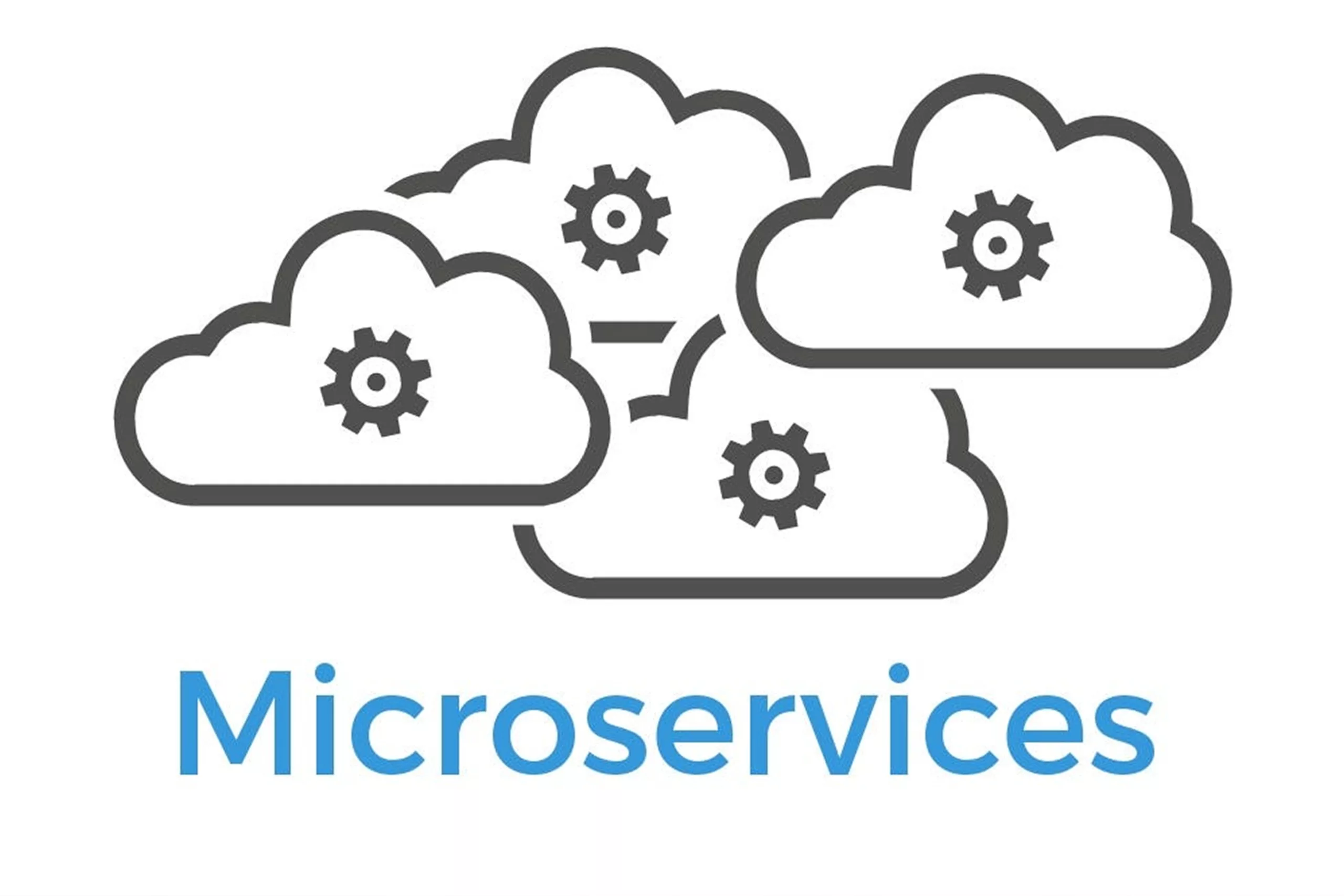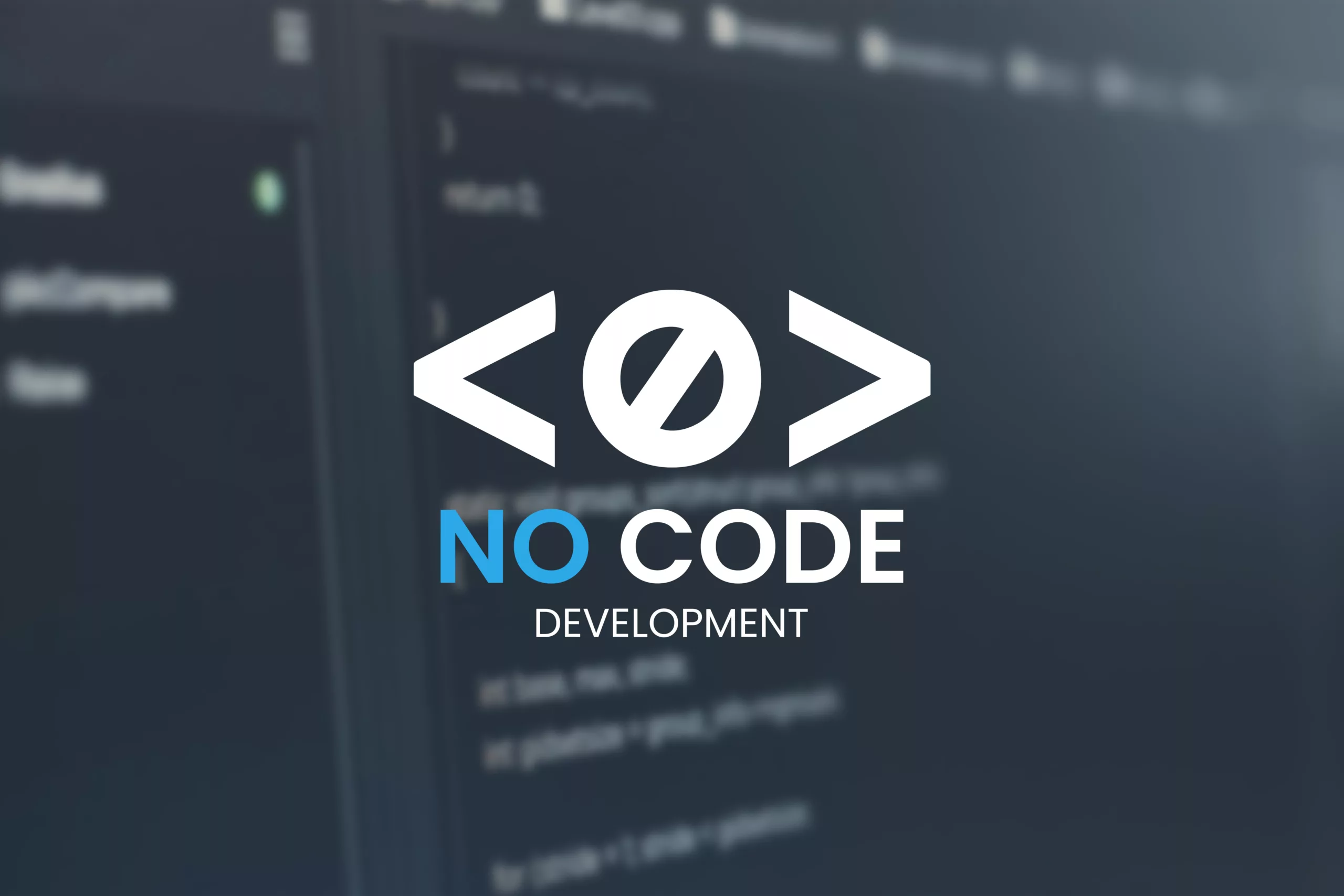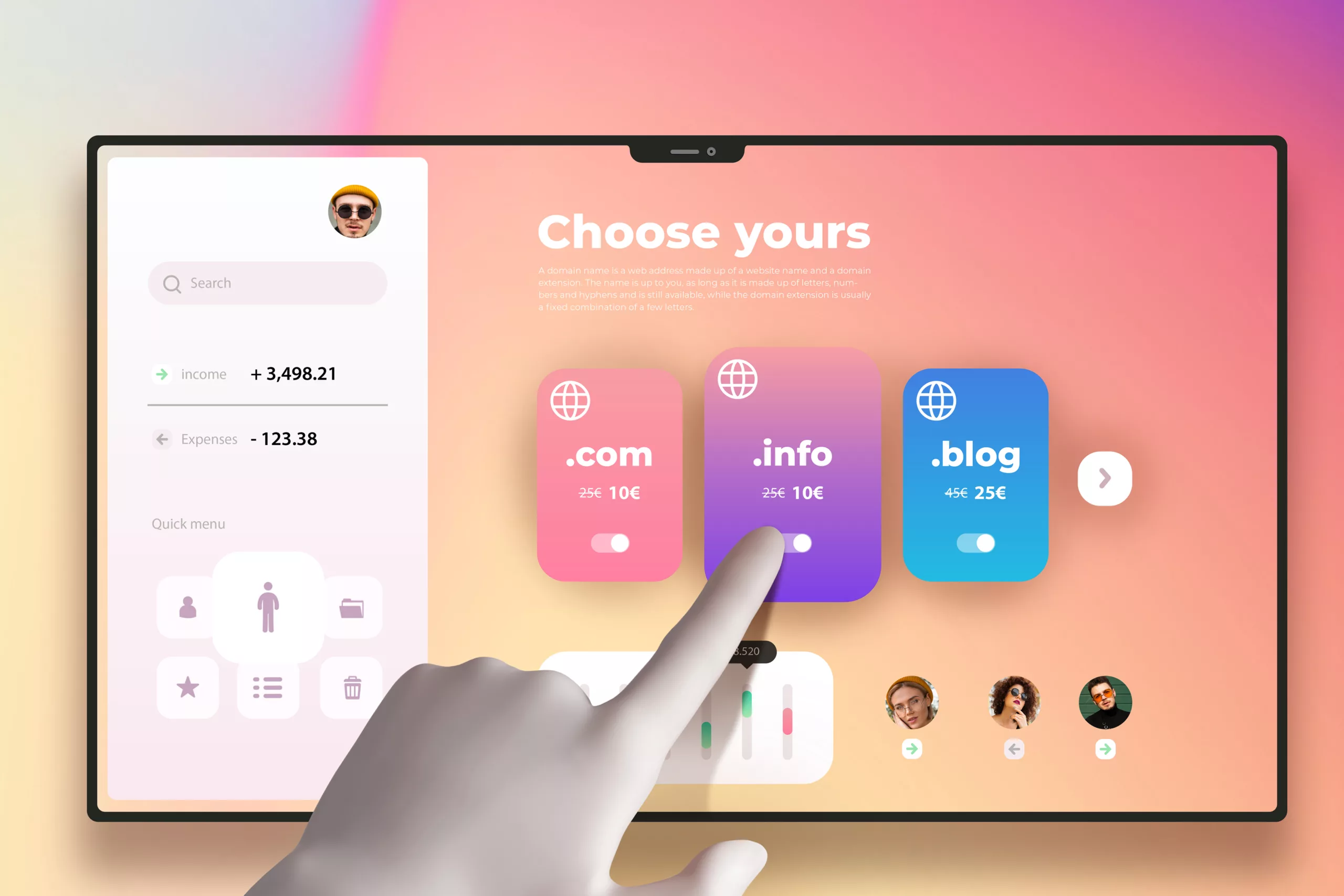Front end development is an ever-evolving field that offers a dynamic platform where web innovations are created. It’s the playground for creative minds, technologists, and visionaries to come together with an immersive user experience. From responsive design that seamlessly adapts to different devices to interactive interfaces that blur the line between reality and fantasy, the front end is on the verge of revolutionary transformation.
Front end is a part of web development that deals with user interface (UI). It’s the first interaction users have with your website or a web application. So, to capture users’ attention, businesses must invest in front end development. It helps build the credibility and reputation of any online business.
In this blog, we’ll discuss some of the top trends, innovations, and frameworks influencing the future of web development.
8 Top Trends And Innovations In Front End Development
Frontend is continuously growing, and several noteworthy trends are shaping the landscape. Some of the top trends in front end development you can expect to see are as follows:
Trend#1: Responsive Design

Responsive design involves the development of websites and web applications that seamlessly adapt to different devices and platforms. That includes desktop and laptop computers and mobile devices.
This design fine-tunes the content, layout, and functionality of the websites, leveraging techniques such as fluid grids, flexible images, and breakpoints based on the device and context of use. So, a responsive design is crucial for delivering an exceptional user experience.
Trend#2: Progressive Web Applications (PWAs)

Progressive Web Apps (PWAs) are web applications that synergize web apps and native apps. In addition to providing fast loading times, background synchronization, and push notifications, PWAs offer offline access capabilities to their users.
Some of the technologies PWAs used are HTML5, CSS3, JavaScript, Web App Manifests, and Service Workers. PWAs provide high security, linkability, responsiveness, and installability. That makes them an ideal choice for businesses looking to reach their target audience on multiple platforms and devices.
Trend#3: Single Page Applications (SPAs)

SPAs are web applications that don’t need refreshing wherever a user navigates the web application. It’s ideal for online blogs, portfolios, and for businesses with minimal content on their website. SPAs offer problem-solving opportunities in front end development.
Moreover, frontend frameworks such as React, Angular, and Vue.js streamline the process of building scalable SPAs. It also leverages lazy loading, code splitting, and server-side rendering techniques to optimize website performance.
Trend#4: Microservices

Microservices is another popular trend that front-end developers follow to build fast and responsive web applications. Microservices allows front end developers to divide monolithic web applications into smaller services.
Web applications using microservices can be developed, deployed, and maintained autonomously. Each microservice has its own codebase and development team, making it highly flexible, modular, and scalable. Moreover, Web Components, JavaScript, API Gateway, and other techniques can be used to build reusable front end components. That can further be integrated to deliver an exceptional user experience.
Trend#5: Web Assembly (Wasm)

Wasm is a portable binary format and virtual machine that executes programs and software applications. It bypasses JavaScript and leverages low-level programming languages like C, C++, and Rust to the web development area to optimize speed and performance. Wasm enables front end developers to build highly complex applications such as games, image editors and video editors on the web.
Trend#6: No Code Development Or Low Code

The process of developing web apps with little or no code involves using drag-and-drop tools and visual interfaces rather than manually coding code. Without the need for complex technical expertise or abilities, low code/no code development can assist organizations and individuals in quickly and easily creating web apps. Front end developers concentrate on more difficult and imaginative jobs that call for their knowledge and experience by using low-code or no-code development.
Trend#7: Motion UI

Motion UI is about breathing life into static web designs by adding dynamic elements, animations, and transitions to websites and web applications. The primary function of Motion UI is to attract users’ attention in an instant and enhance user engagement.
Some of the examples of Motion UI include parallax scrolling, loading animations, and hover effects. With Motion UI, front end developers deliver information and feedback to users in a more natural and intuitive way.
Trend#8: Headless CMS

A headless CMS is a type of content management system that divides a website or web application’s presentation layer from the content. Headless CMS enables front-end developers to use the content in many ways across various platforms and devices by giving them access to it via APIs (Application Programming Interfaces) by offering capabilities like version control, workflow management, and analytics. Headless CMS can also assist organizations in managing their content more successfully and effectively.
5 Top Frameworks Developers Are Using In 2023

Front end frameworks are essential tools to develop highly captivating, responsive websites and web applications. Here are some of the top frameworks that front end developers use in their projects in 2023:
React
Facebook built the well-known front end developer framework React. Fast and responsive web apps can be built using React, component-based architecture, and effective rendering. Additionally, React has a large and vibrant community that offers a wealth of knowledge and libraries for front end developers.
Angular
Google created the robust front end programming framework known as Angular. It leverages dependency injection and declarative syntax to build modular, testable web apps. Moreover, Angular includes several capabilities that can assist front end developers in creating sophisticated and dynamic web apps, including two-way data binding, form validation, routing, etc.
Vue.js
Evan You created the progressive front end programming framework, Vue.js. Vue.js uses reactive data binding and a component-based design to build scalable and adaptable web applications. Other capabilities of Vue.js, such directives, filters, transitions, etc., can assist front end developers in building stunning and engaging web apps.
Svelte
Sveite is a compiler used by the front end development framework to create an efficient front end. Unlike other popular frameworks, it’s not imported into the application. Instead, Svelte code is converted into pure JavaScript during compilation. As a result, Svelte outperforms frameworks like React or Vue in terms of speed.
Preact
Jason Miller created Preact, a front end developer library that is fast and compact. While Preact uses the same API as React, its footprint is smaller (3KB as opposed to 30KB). Preact can assist front end developers in building quick and effective online apps and can typically be used as a drop-in replacement for React.
These frameworks serve as just one illustration of how front end development is changing to accommodate users’ demands and expectations in the digital era. These frameworks can help front end developers in building more scalable designs, effective workflows, and improved user experiences. Additionally, these frameworks can help firms expand their user base, boost engagement levels, and enhance conversion rates.
So, it’s crucial for front end developers to stay updated with these trends and learn to work on these frameworks efficiently. Similarly, businesses should hire front end developers from reputable firms and agencies to optimize their web applications. The fast loading times, high performance, and more interactivity will ensure the delivery of mesmerizing user experiences.
Hire Front End Developers Online Through VinnCorp
Struggling to find a front end developer for hire that keeps up with trends and innovation? We’ve got just what you need. VinnCorp offers top-tier front end developers that will help you create bespoke web applications. Our pre-vetted front end developers build a dynamic user interface that attracts and retains users, communicates your message, and successfully achieves your goals.
Contact VinnCorp and save your time, money, and resources to find the best front end developers for your business.



